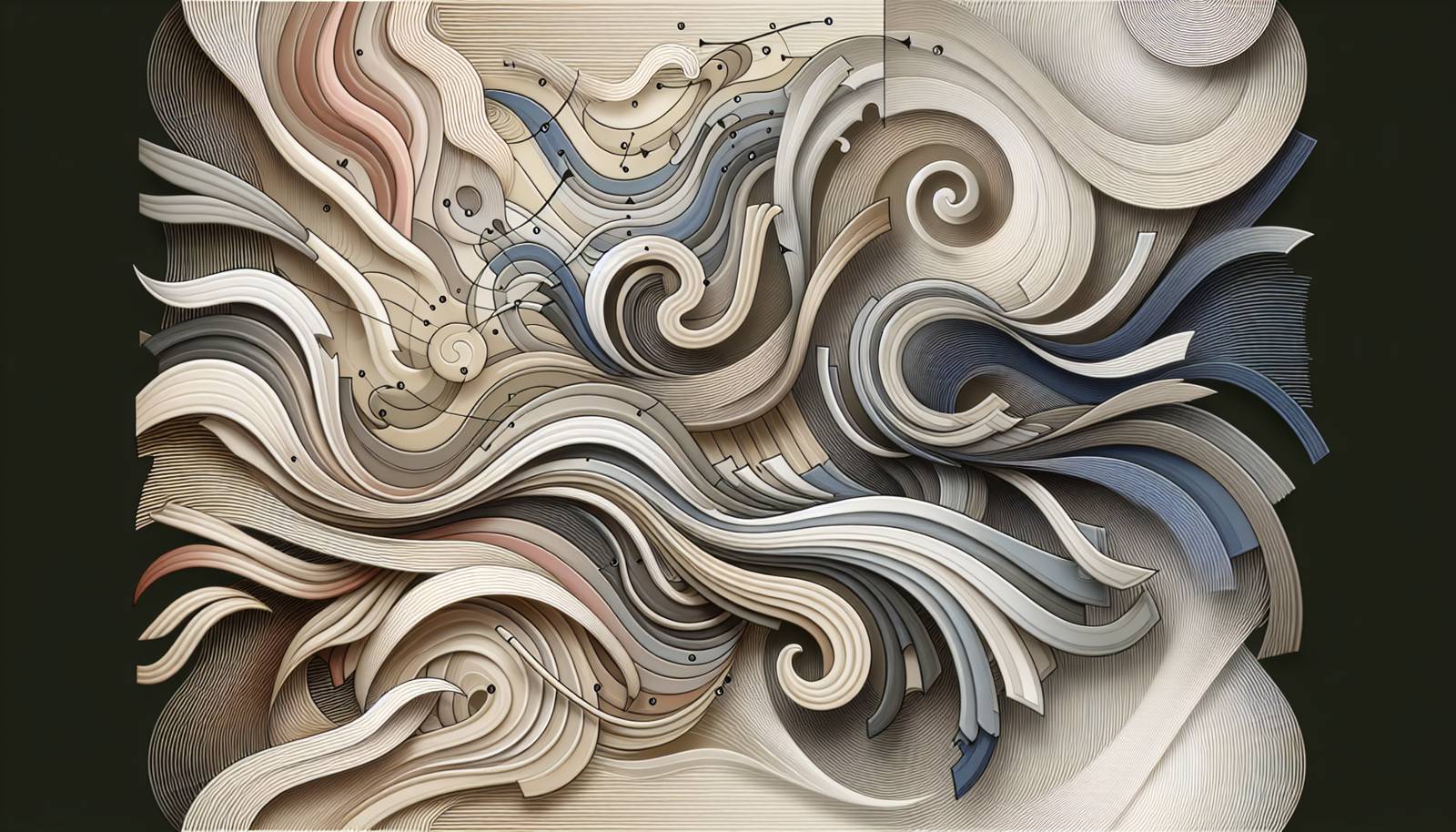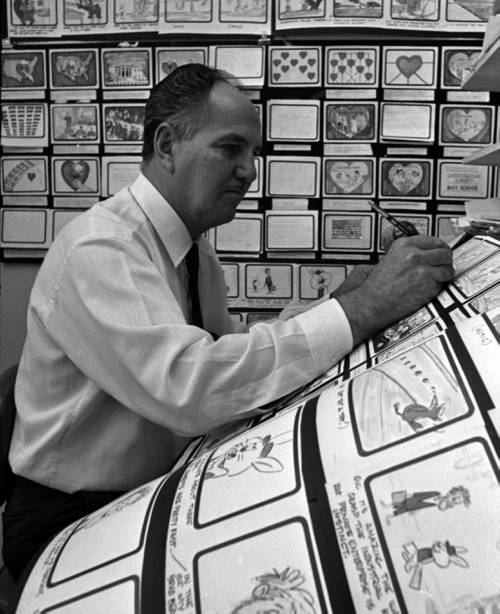
FAQ About The Cultural Evolution of Storyboarding in Film and Animation

What is storyboarding in film and animation?
Storyboarding is a crucial pre-production process in both film and animation, where visual sequences are sketched out on panels to represent each scene. This helps directors and animators plan the narrative, visualize the flow of the story, and coordinate the details before actual production begins.

How did storyboarding originate?
Storyboarding originated in the early 20th century at the Walt Disney Studios. The technique was developed to help visualize how stories could unfold on screen by breaking them into individual frames or drawings. Over time, it became an essential tool in the film and animation industries worldwide.

What cultural influences have impacted the evolution of storyboarding?
Different cultures have brought unique storytelling techniques and visual aesthetics to the storyboarding process. Japanese anime, for instance, often emphasizes dynamic angles and detailed character expressions. Meanwhile, Western films may focus more on linear narrative structures. These cultural influences expand the creative potential of storyboards across different global markets.

Why is storyboarding considered essential in film production?
Storyboarding is essential because it acts as a visual guide that details the sequence of events in a storyline. It allows filmmakers and teams to experiment with sequences, identify potential narrative issues, and ensure coherence in storytelling. This process saves time and resources by minimizing revisions during actual production.

How does storyboarding differ between film and animation?
In film, storyboarding helps in framing shots and organizing the narrative flow, often focusing more on camera angles and live-action timing. In animation, however, storyboards are more detailed; they serve as blueprints for animators to translate movements and actions into animated sequences, with greater attention to timing and expression.

Can storyboarding be done digitally?
Yes, storyboarding can be done both traditionally, using paper and pencils, and digitally, using specialized software. Digital tools offer advantages such as easy revisions, more efficient collaboration, and integration with other digital assets, making them increasingly popular in the industry.

What are some popular tools used for digital storyboarding?
Popular digital storyboarding tools include Storyboard Pro, Adobe Photoshop, and Toonz. These tools provide features that allow artists to create detailed panels, adjust timing, and even simulate camera movements for film and animation projects.

How has the role of a storyboard artist changed over time?
The role of a storyboard artist has evolved from simply creating drawings to becoming key players in the storytelling process. Modern storyboard artists often contribute creatively by interpreting scripts, suggesting scene changes, and influencing the final visual output of a project.

What skills are essential for a storyboard artist?
Key skills for a storyboard artist include strong drawing abilities, a good sense of timing and pacing, an understanding of film and animation techniques, and the ability to visualize and convey story ideas clearly. Creativity and teamwork are also critical, as storyboard artists often work closely with directors and other team members.

How does storyboarding facilitate collaboration in a film or animation project?
Storyboarding acts as a communication tool among different departments in a film or animation project. It helps to align the vision between directors, producers, cinematographers, and animators by providing a visual reference that everyone can discuss and agree upon, thus streamlining the collaborative process.

What is a storyboard breakdown?
A storyboard breakdown involves dissecting a script into individual scenes and sequences, each represented by thumbnail sketches. This process helps determine key actions, camera angles, dialogue, and visual style, providing a comprehensive plan for the production team to follow.

How is storyboarding used in different film genres?
Storyboarding is adapted according to the needs of various film genres. For example, in action films, storyboards focus on dynamic and fast-paced sequences, while in drama, the emphasis might be on character interaction and emotional nuances. Each genre requires tailored visual storytelling techniques.

Why are storyboards important for animated films?
Storyboards are particularly important in animated films because they help in visualizing complex animation sequences, defining character movements, and establishing the pace and mood of the film. They ensure that animators understand the director's vision and can work consistently towards it.

How do different cultures approach visual storytelling in storyboarding?
Cultures approach visual storytelling in storyboarding differently based on their storytelling traditions and artistic styles. For instance, Indian storyboarding might incorporate vibrant colors and dramatic expressions, reflecting its rich tradition of visual arts and theatre, while Scandinavian storyboards might focus on minimalism and mood.

Are there common misconceptions about storyboarding?
A common misconception about storyboarding is that it merely involves creating simple sketches. In reality, storyboarding is a comprehensive process that involves interpreting scripts, planning scenes, and addressing aesthetic and technical aspects of storytelling, thus playing a crucial role beyond mere visualization.

How can storyboarding impact the budget of a film or animation?
Effective storyboarding can positively impact a film's budget by eliminating costly reshoots and edits. By thoroughly planning and visualizing scenes beforehand, filmmakers can identify potential issues early, avoiding unnecessary spending during production.

Do all directors use storyboards?
While many directors use storyboards to plan their visual storytelling approach, some prefer alternative methods like shot lists or pre-visualization clips. The choice depends on the director's personal style and the specific needs of the project.

What are the differences between a storyboard and a script?
A script provides the narrative, dialogue, and action that occurs within a film, acting as the written foundation of a story. A storyboard, on the other hand, is a visual representation of this script, depicting each scene through drawings to guide the production visually.

What is the relationship between storyboarding and editing?
Storyboarding is closely related to editing as it helps outline the pacing and flow of a film. By visualizing scene transitions and key moments in advance, editors can refer to storyboards for insights on how to assemble the final cut effectively, maintaining the intended narrative structure.

How can aspiring filmmakers start learning storyboarding?
Aspiring filmmakers can start learning storyboarding by practicing drawing skills, studying films and animation sequences, and using templates or software to create their own storyboards. There are also numerous online courses and tutorials that provide structured guidance on mastering the art of storyboarding.
